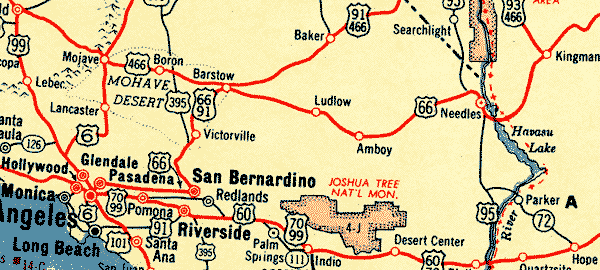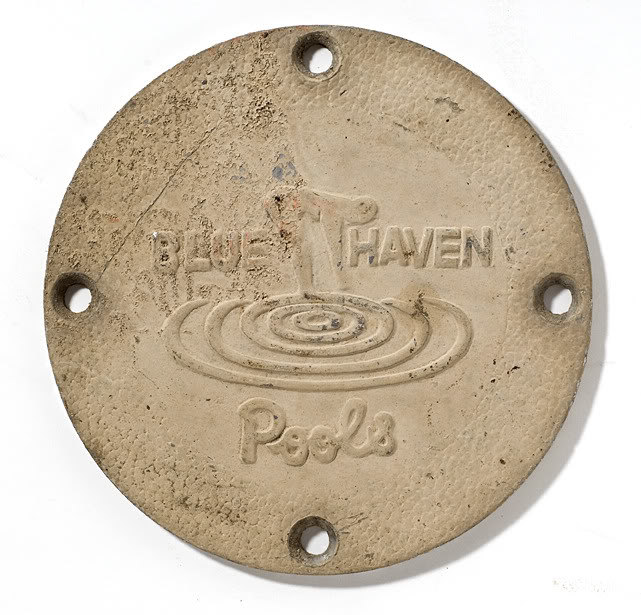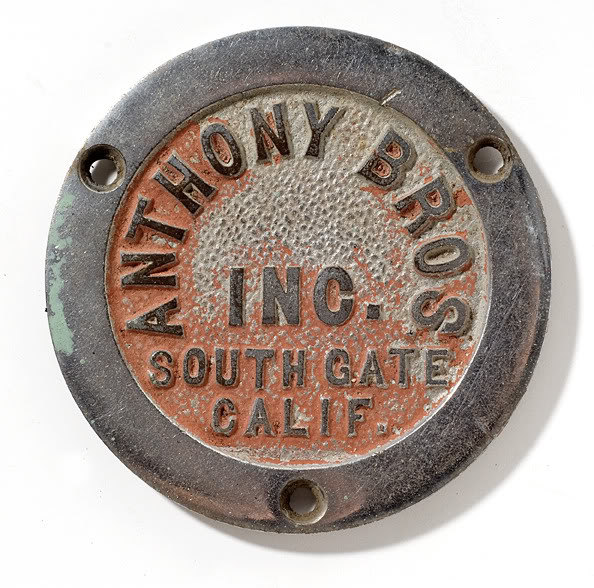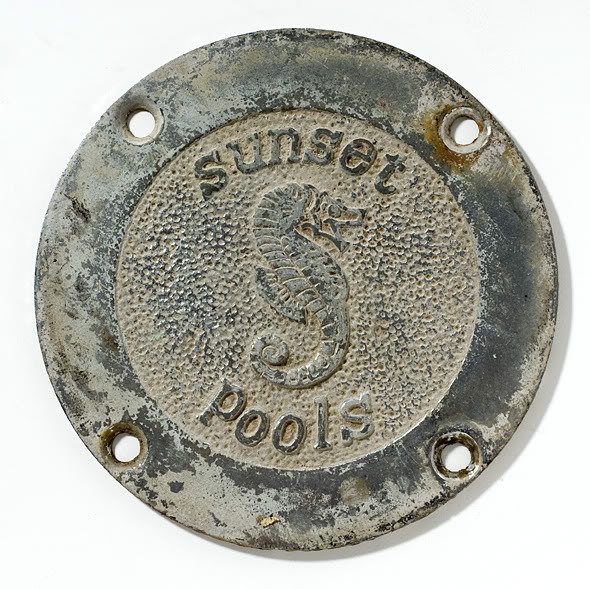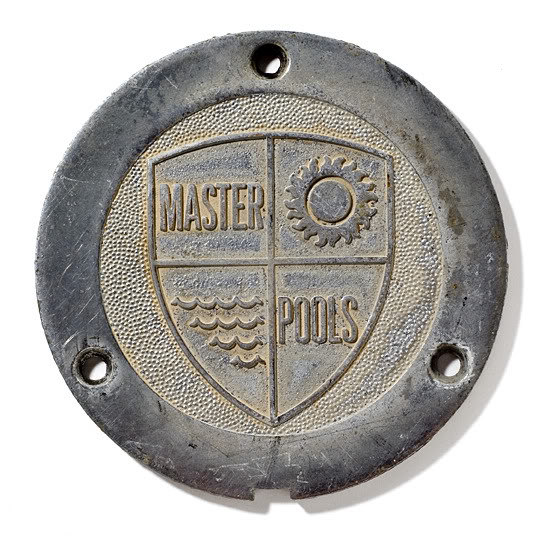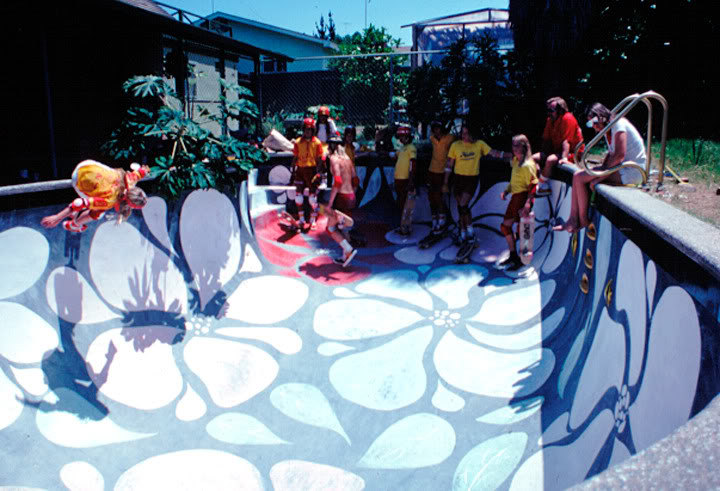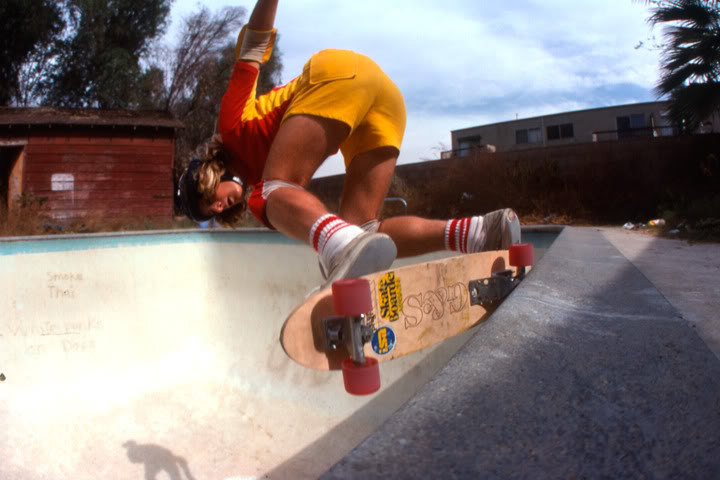The Golden Age
San Bernardino, Anaheim, Rialto, Upland and Colton. These names and others, beckoned from road maps and advertisements for the California dream. These cities would be drawing the hundreds of thousands of families that thronged to the southern California area in the 1950s and 1960s. After World War II, many people found work and affordable housing in the east Los Angeles region.
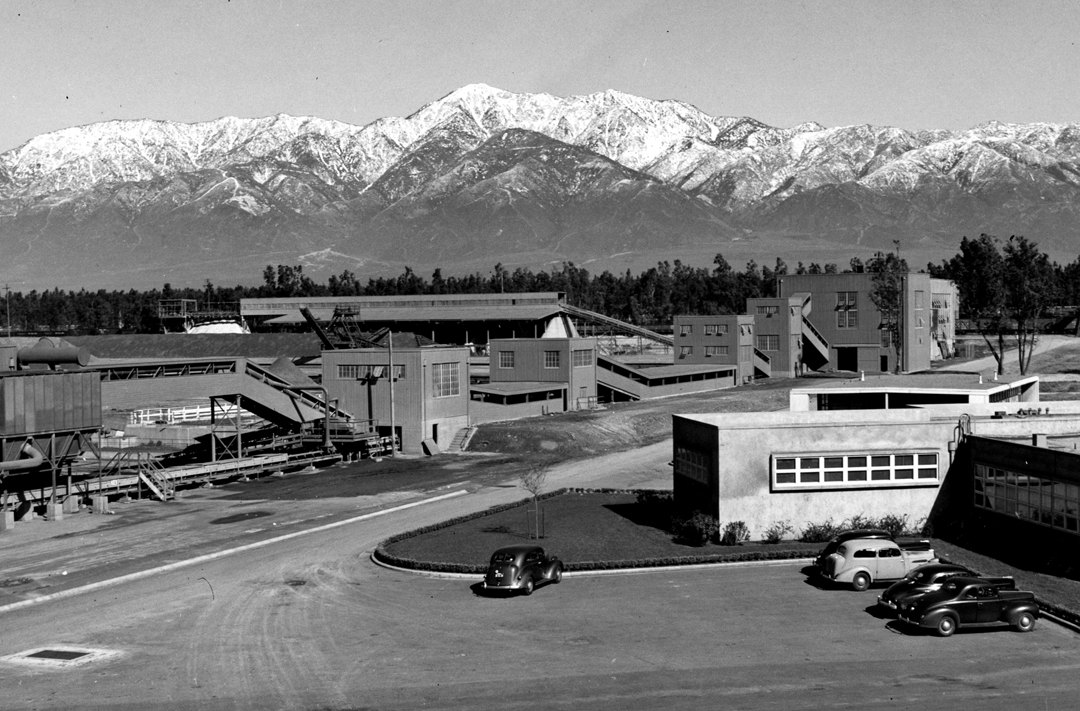
Kaiser Steel Mill
Kaiser Steel was located there and had made a fortune during the war by providing steel for the sprawling shipyards in Norfolk, Virginia. There, the massive Liberty ships were constructed, with which, the Allies pounded back Hitlers SS on the Normandy beaches of D-Day. Subsequently, these Liberty ships, carried supplies and troops into Europe. In the end, Hitler-cowering in his bunker-shot himself as his Third Reich crumbled and burned.
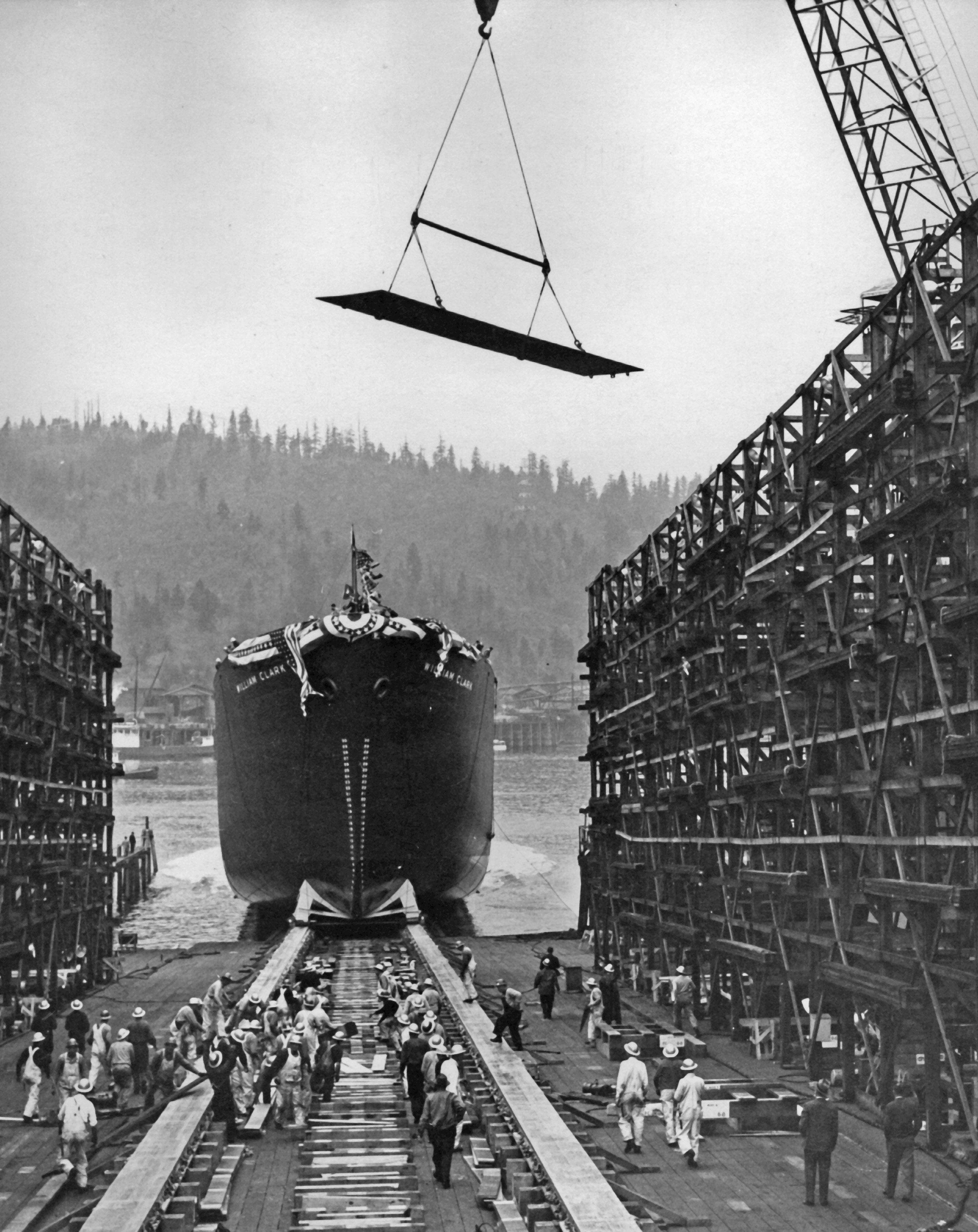
Kaiser Steel / Liberty Ship
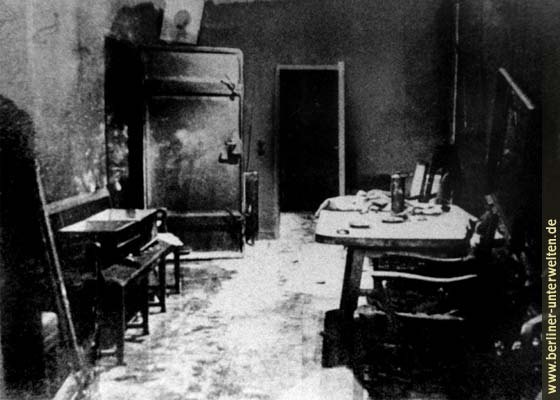
Fuhrerbunker sans Adolf
It was a time of hubris. It was a place filled with the hard working and the hopeful. Kaiser Steel hired thousands of people and homes had to be built to keep up with the massive influx of families. Construction companies worked overtime to complete the arid neighborhood housing tracts in the subsequent press to provide for those that wanted the California dream. Walled backyards with fluted brickwork, palm tree fronds whispering over blue-tiled kidney pools, quiet cul-de-sacs; this image was sold in concrete, chrome and glass.
Blue Haven, Anthony, Sunset & Master pool companies vied for contracts in the ensuing push to place swimming pools in -virtually- every other backyard of the homes being built. These pool companies couldn’t know that what they built, would later be the foundation of a minor religion. Skateboarding. Sometime in the mid 1970s, skateboarders discovered pools. There was a drought in California at that time and swimming pools quickly became a water luxury that few could afford. Pools were emptied and remained thus. Skateboarders found these round, cement wonders and nothing has ever been the same.
Salba recalled a time when they would ride pool after pool, working their way across town & back again…all day long! One day, Tony Alva and I were riding a pool in Los Feliz. TA told me that around 1977, pool skaters from the San Fernando valley, San Diego and the Badlands, began to actually network, so they could ride more pools. Kent Senatore, Jerry Valdez, Gunnar Haugo, Salba, TA, Stacy Peralta , Wes and others, would call around and drive out to other areas to ride new stuff.
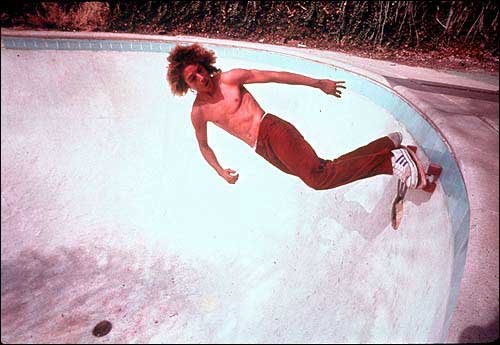
Tony Alva
This period was instrumental in developing the vertical sport seen on TV today. Moves and tricks were developed. Speed lines were learned. A lifestyle was born. For those of us living a million miles away in the rest of America, the magazine photographs were all we had. I remember a particular Skateboard World magazine photograph of Shogo Kubo. It was fall in Pennsylvania. The air was cold. In the dawn, frost covered the entire space of things. Dying leaves of red, purple and orange blanketed the streets. I received the magazine in the mail. Opening what became my bible, I saw Shogo Kubo.
He was carving deep to shallow in a square pool. The secret Watchtower pool. Shogo was so stylish. He oozed style. In the photograph, he was padless, eyes looking forward, wheels balanced precariously on the tiles…speed and flow. I stared at that photograph for hours. Pool skating was all that I ever wanted to do. It seemed the essence of all things cool and soulful. I know that I am not alone in thinking these things. We owe everything to those that came before us. I thank them all.- Thanks to MRZ & Jim Goodrich for the images. Skate -Ozzie
